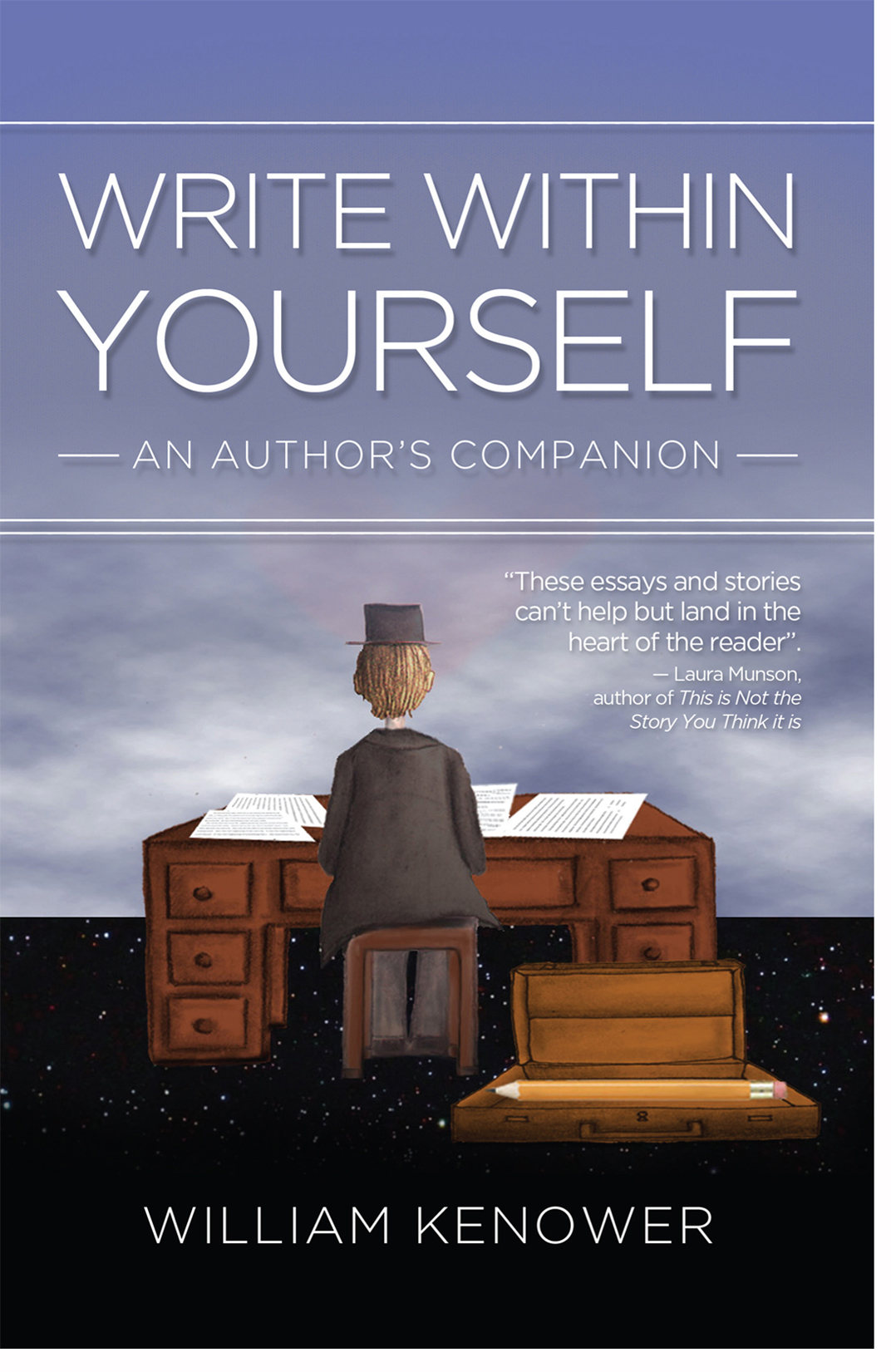Holes
There is a temptation among certain writers to become enamored with the holes they dig. These holes are absolutely necessary to tell good stories. All the best characters need something to climb out of. In fact, in the very best stories, we will likely spend the first half or so of a tale watching our beloved hero or heroine dig and dig and dig the story’s darkest and most terrifying hole. Not only are we our own worst enemy; we are our only enemy. The writers who dig the deepest holes understand that a story’s success is in direct proportion to the depth of the well from which it springs. Thus there’s a temptation to keep digging, believing that the darker and deeper the hole, the better, the deeper the story. And thus also the temptation to leave the character at the bottom of the hole as a kind of warning, and, we must admit, so the readers will never forget the depths to which the writer supposedly led them.
It is an ironic linguistic trick that these holes represent shallowness and not depth. Every narrative hole is the pit we find ourselves in when we dig for what cannot be found on the surface. On the surface is what we look like, and the money we make, and the houses we own, and the praise we receive, and awards we win, and the victories we name, and the enemies we hate, and the drugs we take. The surface is vast, endless, and you can dig through it all your life and never find anything. The surface is where despair thrives.
And so the character left weeping and confused at the bottom of his hole – no matter how dark, no matter how terrifying – knows nothing of depth. This character still knows only shallowness, and the writer, despite his best intentions, has shared only shallowness. The despair of shallowness is useful to remind us what life is not, but the depth of life will only be known once we have climbed out of our holes.
Write Within Yourself: An Author's Companion.
"A book to keep nearby whenever your writer's spirit needs feeding." Deb Caletti.
You can find Bill at: williamkenower.com


